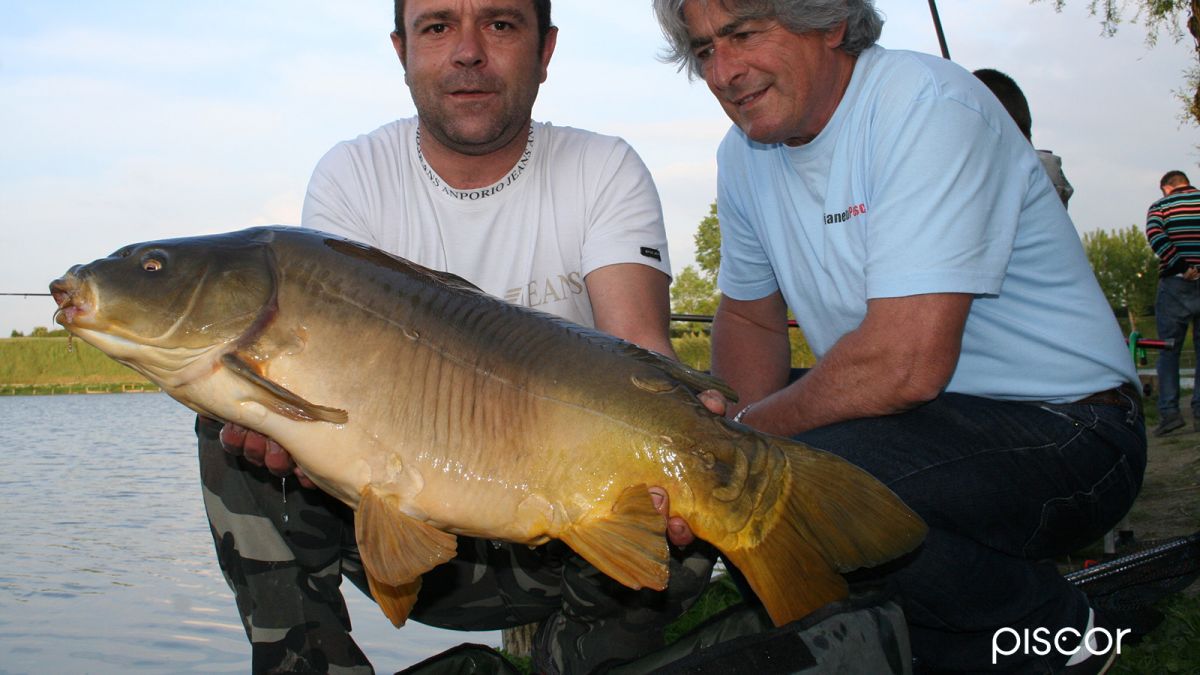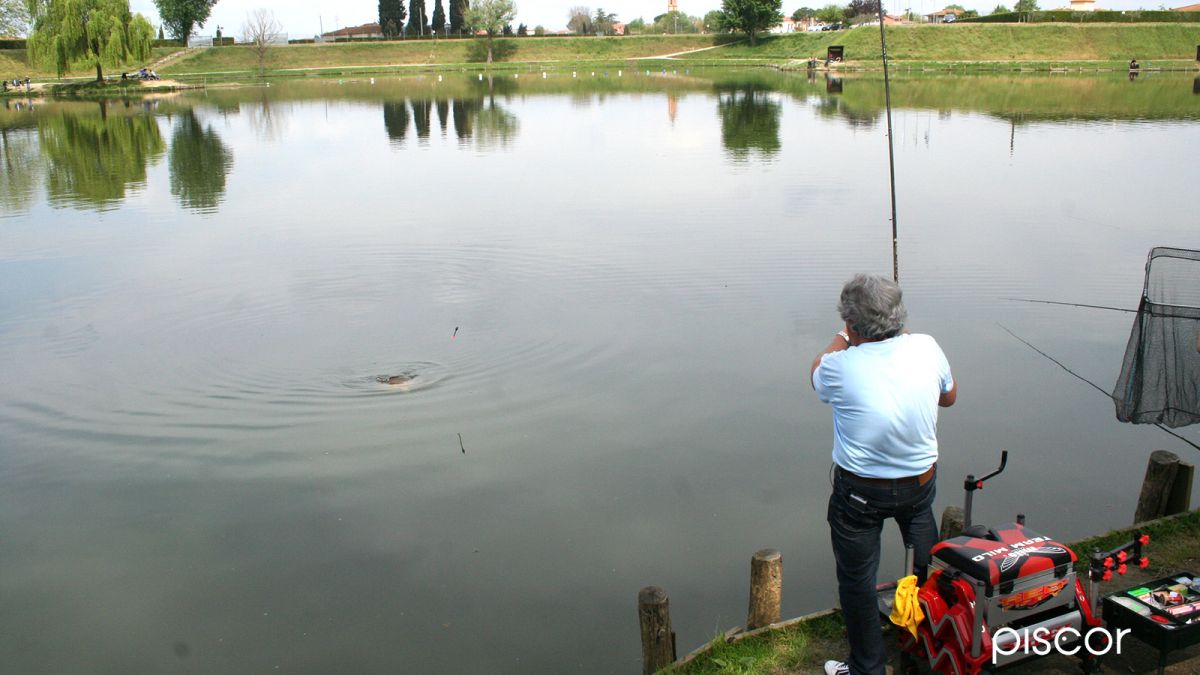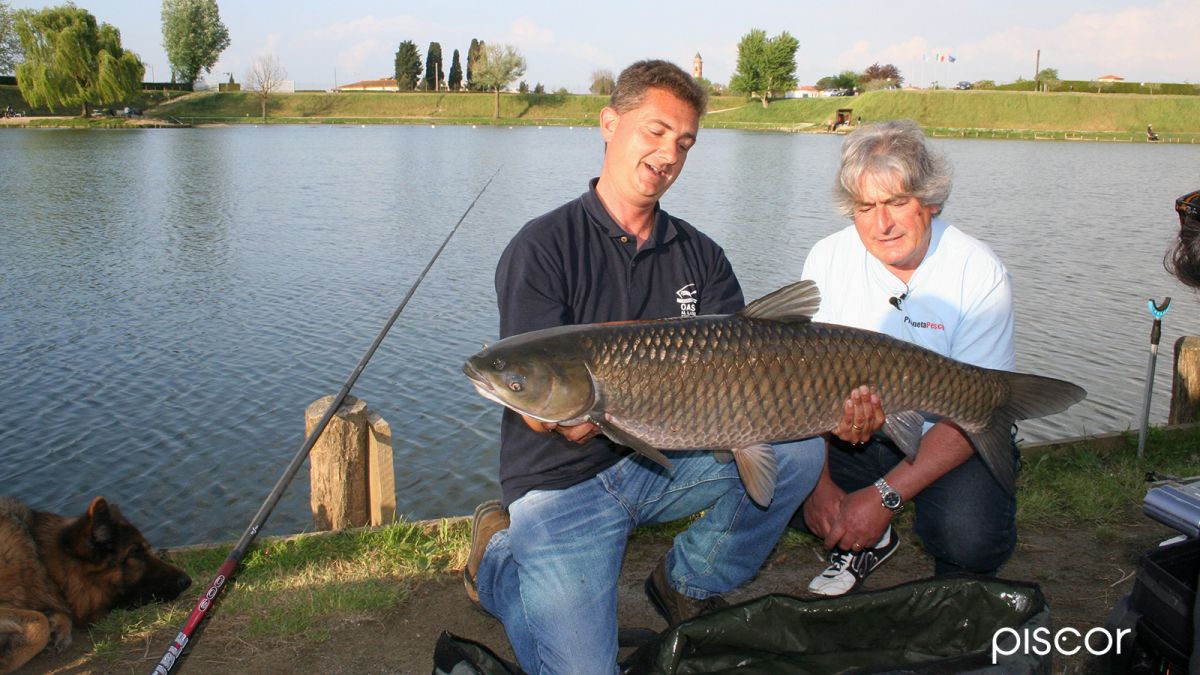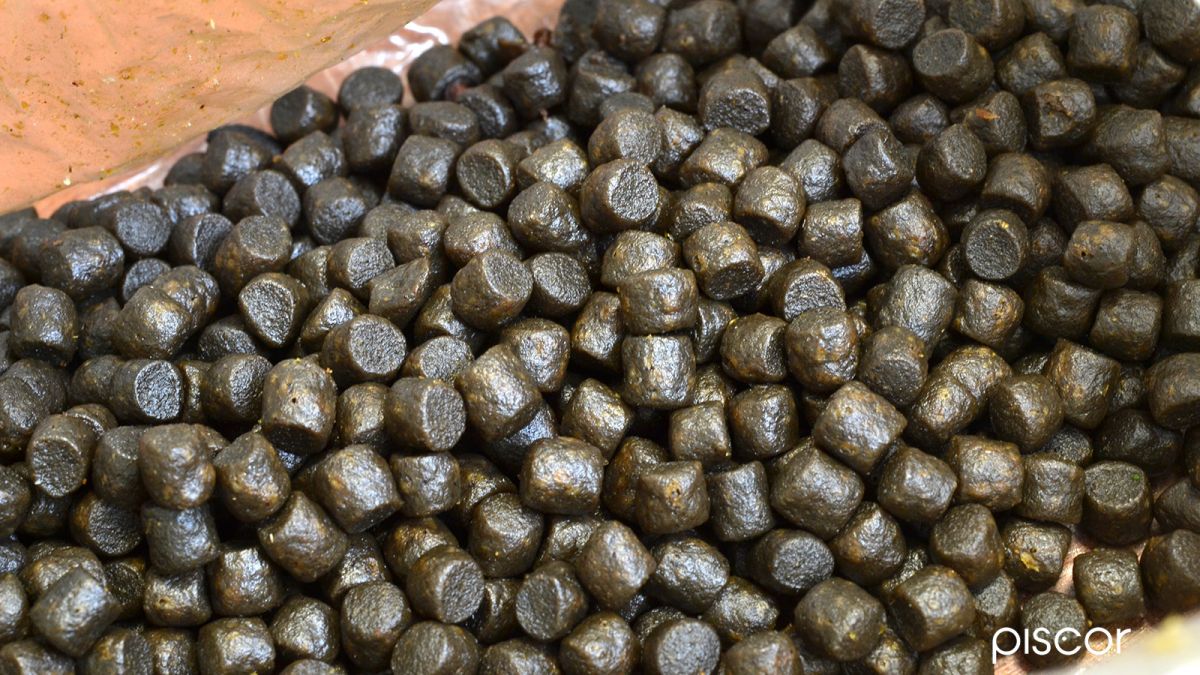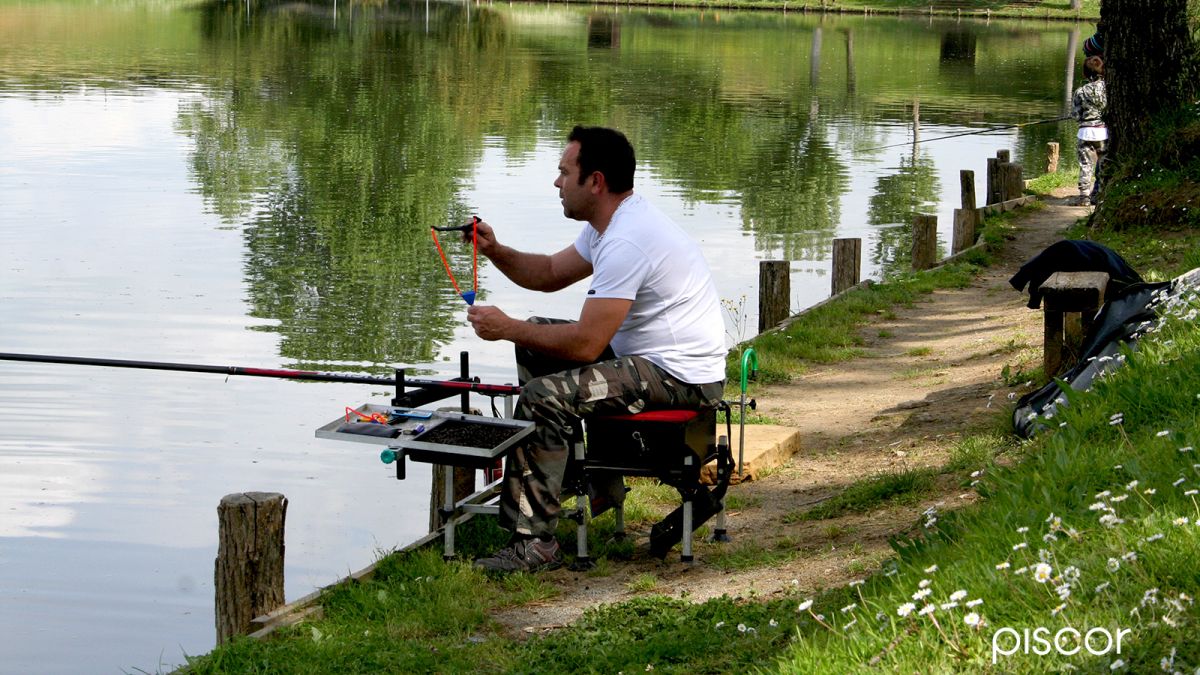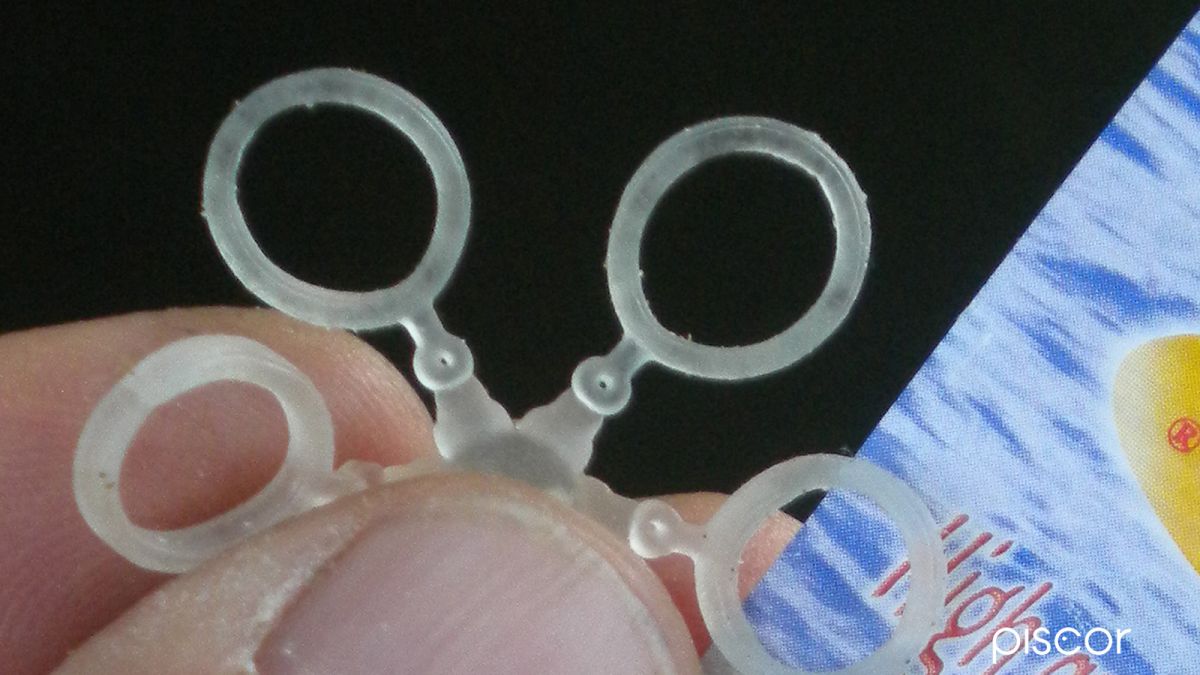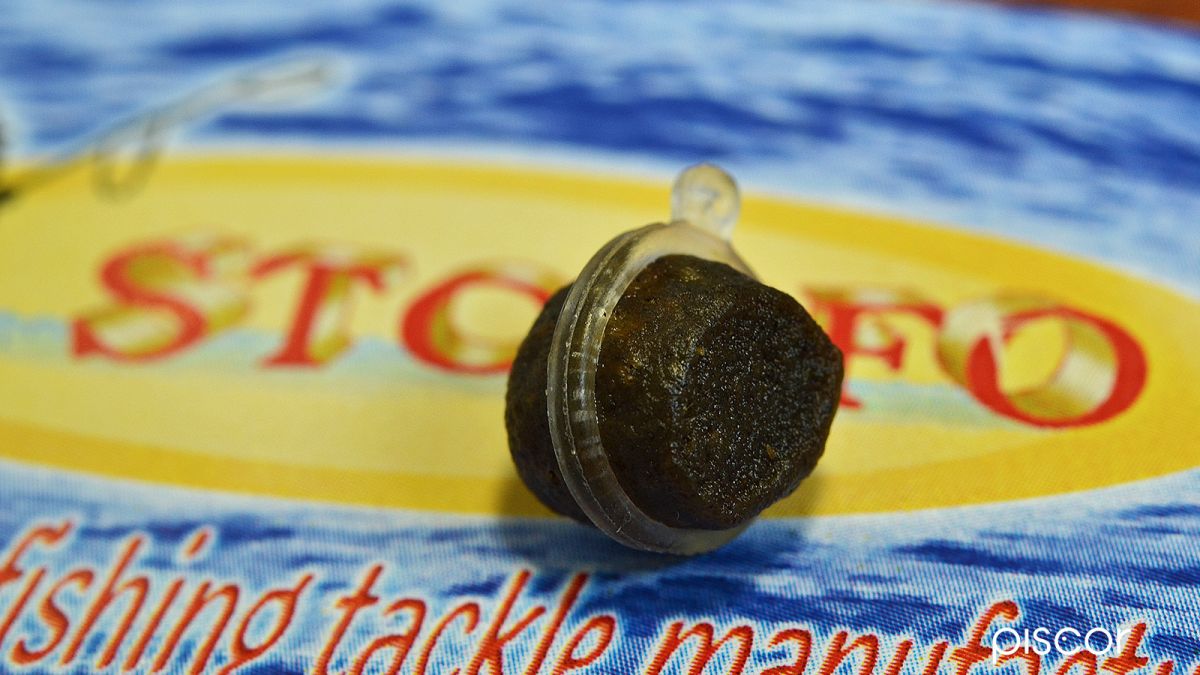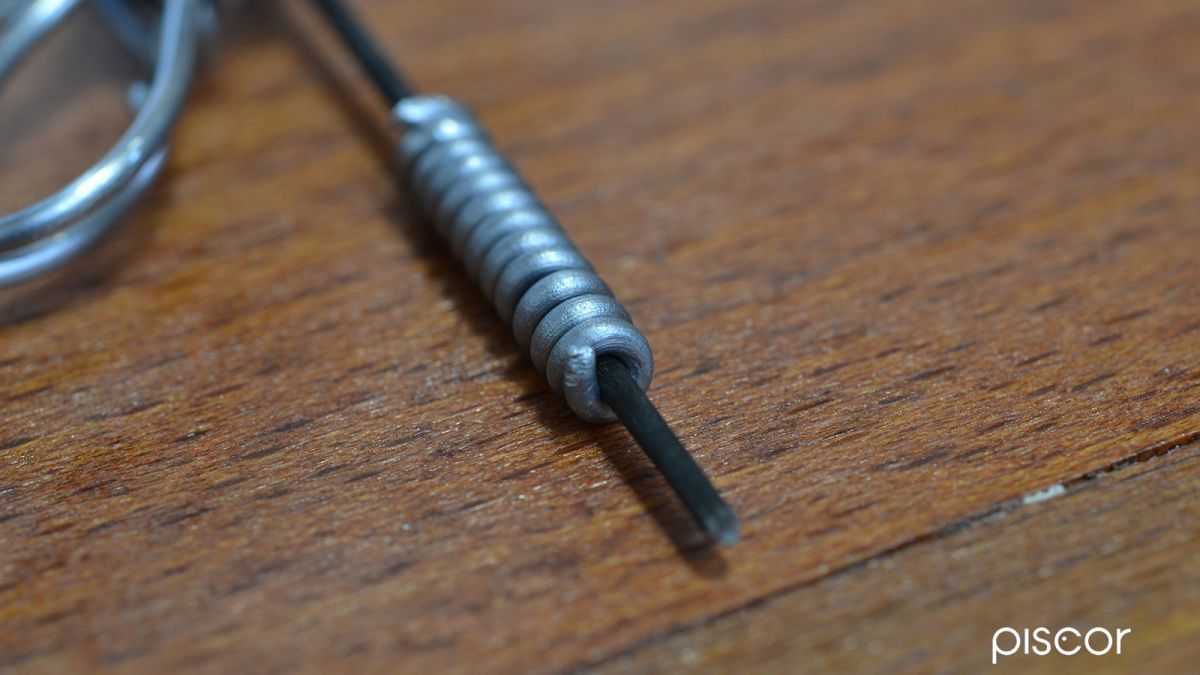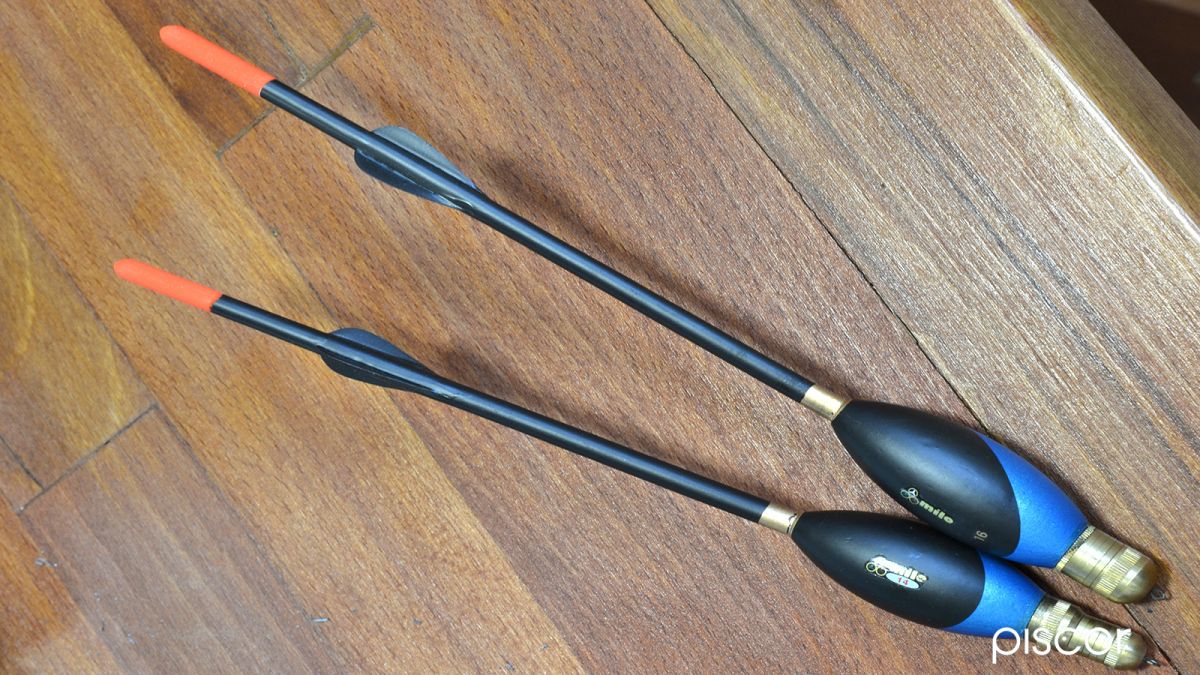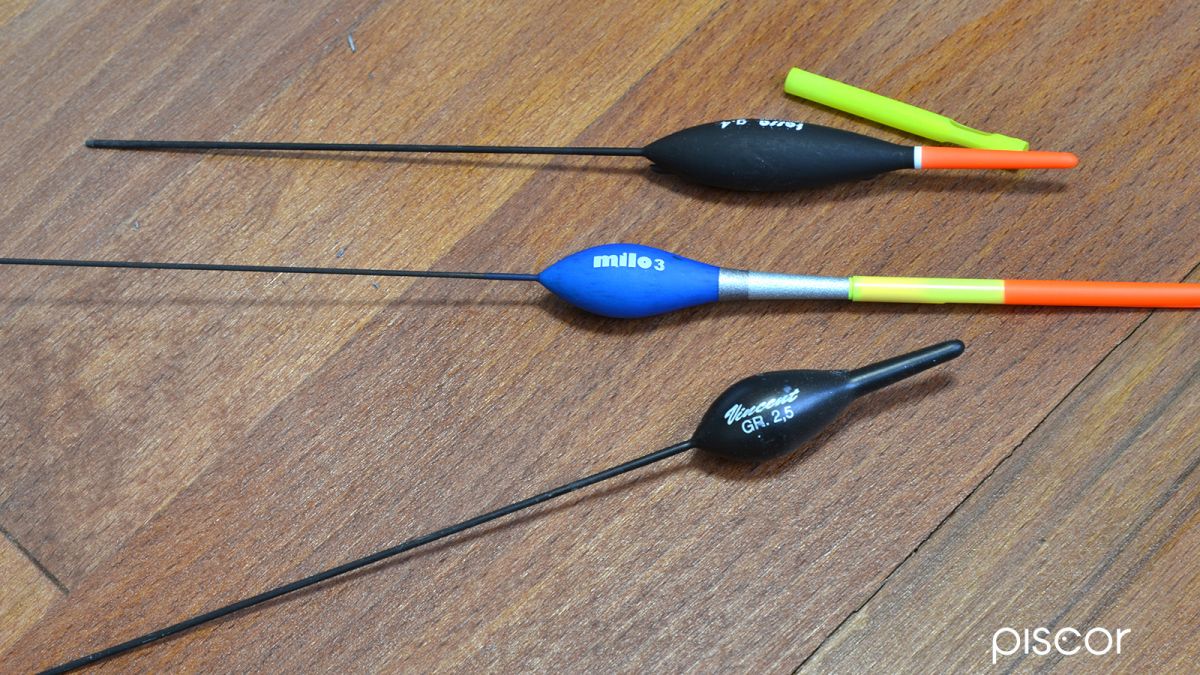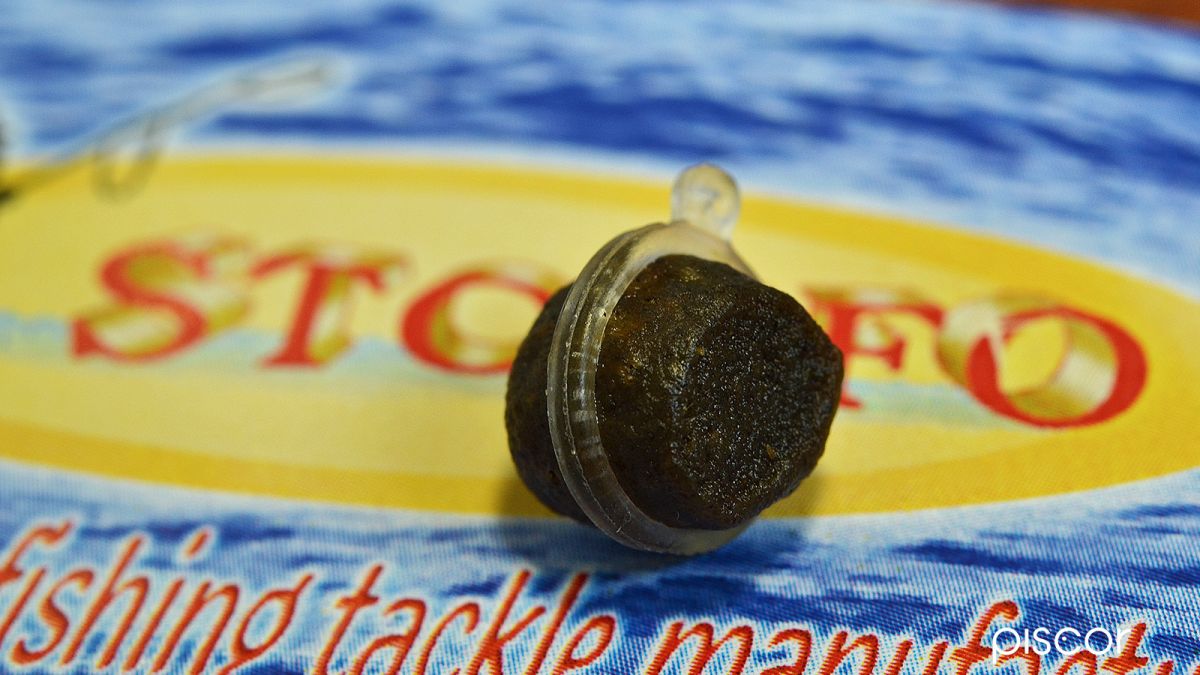In summer, deep-water pond fishing offers interesting techniques that are somewhat different from the usual ones. Very often, greater size fish are taken in a little more than a meter of water and it is a thrilling fishing, with some risk to run, if we want the giants of the lake!
We are now in the middle of summer and the water has already received a good warm sun ration since the beginning of June and now it is already quite hot. Fish reaction, in this juncture, is almost always and everywhere the same: to move into the first layers of water, where we already see the dark shapes cross.
The phenomenon affects also the deepest lakes, those where there are also seven or eight meters of water, indeed, it is precisely here that you can set up techniques designed specifically to attach the beasts that put a strain on fisherman and equipment.
Prudentially, we said "attach" and not "catch", because after the retrieve is not said that fish is brought to the landing net if not after a battle without the exclusion of shots, because these fish do not deal with equipment and wires to carpfishing, but with rigs and coarse fishing rods because they are not so easy to convince to bite and the adoption of a terminal of 0.20 is already to be considered the maximum limit.
Why do they come out?
Before entering into the fishing technique, which in itself is quite simple, we try to understand why fish so big and considered "bottom" rise from the safe twilight and the silence of the depths to the blinding light of the sun of the first meter of water.
The first reason may be due to the lack of oxygen in the lower layers of water. This happens in ponds with low or no movement of the liquid. In these lakes there is a stratification of water with the dense, cold and with very little oxygen on the bottom and the fish, therefore, salt to find a better situation in which to live.
vHowever, at the base of this "migration" to the surface must also be other factors, because this also happens where the quality of the liquid is optimal and where there are water handling machines that avoid stratification. Most likely, the main reason is food.
We must never forget, in fact, that in the quarries, small or large, the density of the fish is always much higher than that found in a natural environment. Fish, therefore, are always on the lookout for food, since in the warm season the food requirements increase proportionally to their metabolism.
The largest specimens, which are also those who need to eat more, if they are not the first to take advantage of the bait launch by the fishermen, remain fasting and because the hunger is bad, do the bullies and if they float up and stuff themselves like piggies.
It is a fact known to all the visitors of the quarries and of the carpodromes that when fishing, the average size of the catches is much higher than the fishing carried out on the bottom.
Fish to select
Fishing in competition in quarry or carpodrome, the choice of a good agonist must be to make the highest possible score, therefore, must assess which is the most convenient strategy mediating between number of catches and size of the same by opting for the best one.
A fisherman who, on the other hand, wants to spend a day having fun fighting fish in a sporting way, that is, with undersized equipment compared to their size, doesn’t have whims and problems of the first and can afford to "waste" as long as he wants.
This is why you need to select the objective to be achieved, that is the fish to be taken. In other words, we must carefully study the fishing strategy to "hit" what interests us by avoiding the smaller fish and bringing the rod as high as possible.
As mentioned above, it is necessary, first of all, to act at the bait and feeding level eliminating what can be defined as "broad spectrum", that are all those lures that may affect fish of different species and of various sizes.
The first of these is the maggot: not one of them must fall into the water, under penalty of the arrival of crucian, carp and anything else going to disturb the fishing action. We have to see few of them, but they must be the right ones.
From this point of view, even corn is not too selective, as are not worms, horsefly, and so on. The bait that can save us from the arrival of the "dwarfs" is only the pellet of at least 8 mm in diameter.
Trigger and baiting
On the wrong belief of too many operators of carpodromes who think that pellet hurts their carp, there is a theory to be disassembled and this has many fishermen: it is the belief that pellet is a bait to use only in the bottom fishing.
In fact, the specific weight of this bait and its sinking speed, authorize to think that it can only be used in techniques that provide the support of the hook or part of the rig to the ground during the fishing action.
Actually pellet can be used with profit even in fishing afloat, but with very specific methods for what concerns the baiting and the rule to be strictly observed is to throw in water no more than four or five grains at a time and to do so with a constant frequency.
What works with this bait is the noise that make the individual grains on impact with water, which is why it is advisable to launch it with a rather high parabola, so that the fall noise is stronger.
The fact of throwing only a few for each sling depends on the fact that in this way you give the fish the time to eat them within the first meter of fall. If the slings were abundant, you would have a part of the pellets sinking for upper stretches and the fish would follow it down, partially undermining the fishing action afloat.
Obviously, the amount of pellets to cast depends largely on how much fish we have before us. This is understood by the number of bites we see: if we have many sinks of the float, presumably we have a lot of fish in front and we can also throw some more pellets, but if we do not have many reports it is good to dose what we use.
Elastic rings
Among the various solutions that are used for pellet trigger, we believe that the best ever is that of the elastic rings in silicone that ensure a perfect seal and a very fast trigger. The important thing is to choose the right size for the diameter of pellets you want to use.
When fishing at great distances and the launch of the line is violent, to have a very strong trigger you can apply the pellet on a double ring that does not disturb fish biting. Among other things, when the goal of our fishing action is the amur, the very short distance of the pellet from the hook as you use the rings helps a lot to successfully crown the very quick eating of fish.
Fishing strategies
The use of the reel is mandatory for two reasons. The first is that fishing is done at a certain distance from the shore because the giants of our target do not get too close, so the use of a roubaisienne would not allow us to reach the minimum distance necessary. In addition, the defense of these fish can be violent and, especially in the early stages, the reel allows you to give enough wire to counter the precipitous leaks to the sea and to the bottom.
Striking in fish from 15 pounds and up, as seen in the photos accompanying the article, is anything but difficult and we do not know to what extent it is worthwhile to be reduced to an expensive roubaisienne in a pile of ruins.
Reel obligatory, therefore, to be combined with either a sturdy bolognese, or an English cane with good power.
The lines for the Bolognese and the English have a common feature: the absolute absence of leads on the wire. As I said before, the pellet has a specific gravity high enough to allow a rather rapid sinking.
In the case of the Bolognese, we recommend a very special, but very effective assembly, born from the experience made on the shore of quarries and carpodromes in the summer. In practice, a float is mounted with a flask shape to which a whistling antenna must be applied, inside which the wire must pass. Inserted the antenna on the "neck" you get a float with which it is impossible to make some shutters because the wire cannot overlap during the flight phases. A flight that is not too linear, because on the drift of the float must be wrapped of the lead fuse that calibrates it almost to perfection.
All this is necessary to do so because amur bites are really difficult to take, much more than those of the carp. With a 0.22 in reel, a rig of 0.20 is mounted with a hook of 10 and we start with a meter and a half of the bottom adjusting during fishing when it is understood at what height they prefer to stay the fish.
The setting for English is substantially different. It takes a waggler that is as short as possible with a range of 14 to 18 grams totally calibrated by its ring ballast. First you insert a floating door on the wire, then a rubber stopper that serves as a guard and attaches a swivel to the end.
Finally, we put a final of about a meter to which the hook is tied. Upstream of the float, the stop knot is made to adjust the sliding of the wire so as to adjust the depth of fishing which, even in this case, does not exceed one and a half meters.

